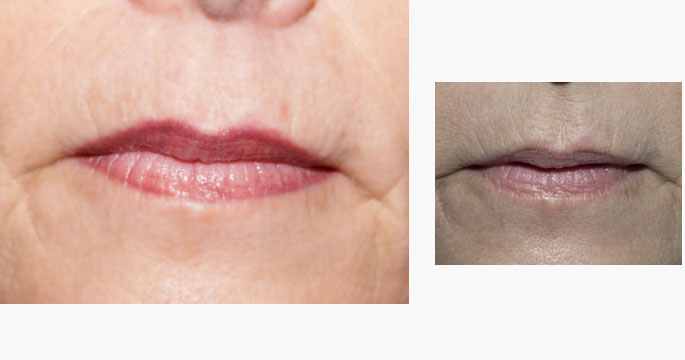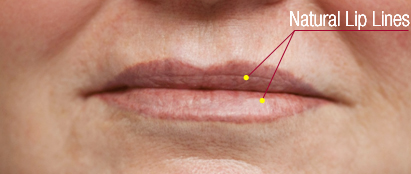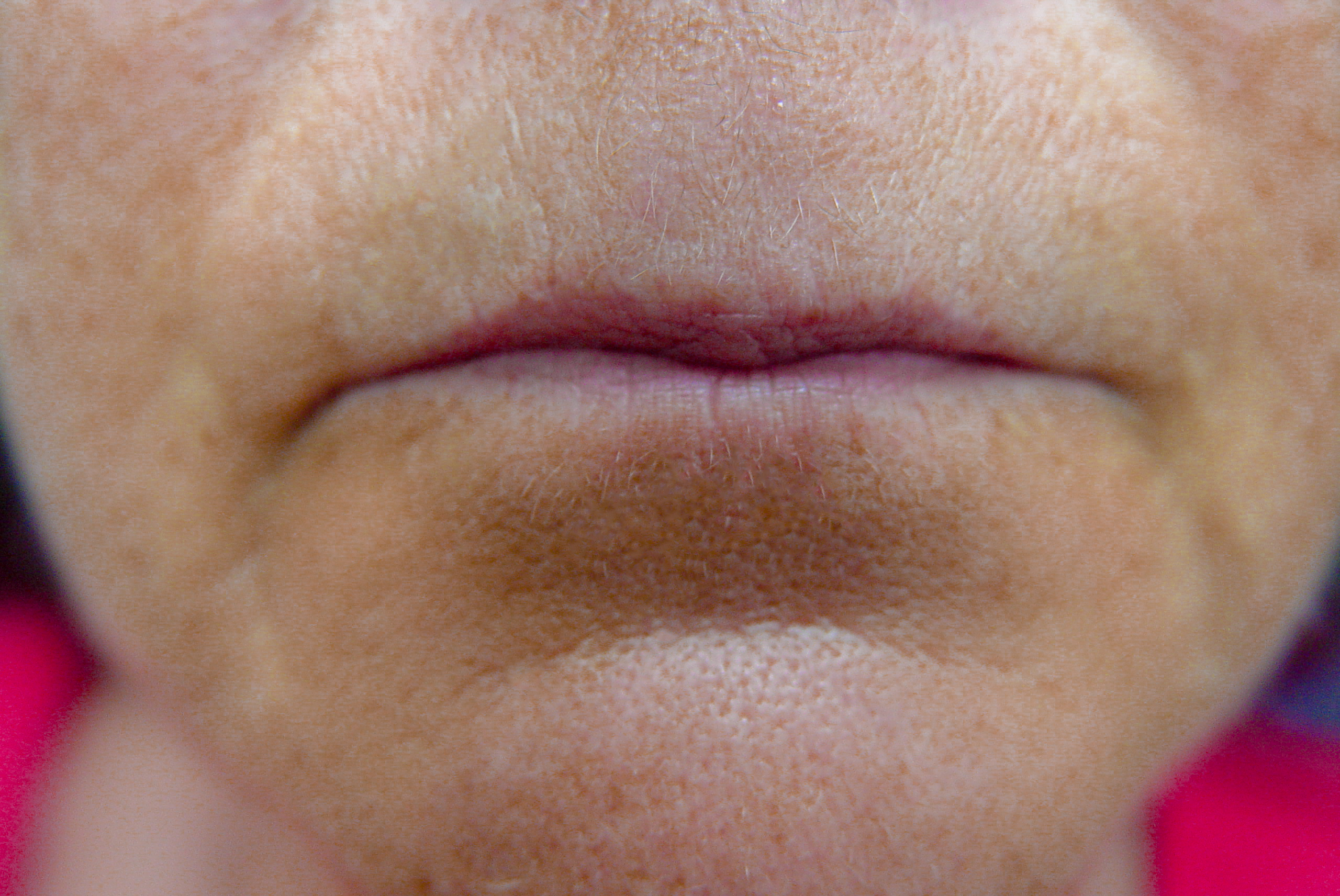Cosmetic permanent lip tattooing is a form of non-invasive cosmetic surgery in which a skilled cosmetic technician tattoos the lips to restore or redefine the color of full lips or a lip line.
Lips are composed of skin, muscle and mucosa. There are no bones or infrastructure, which is why they are uniquely pliable.
Lip Tattoo After & Before





The most cosmetically apparent portion of the lip is the vermilion border, or simply vermilion. This colored border between the lips and the surrounding skin exists only in humans.
Lip tissue is not skin, it is stratified squamous epithelium tissue, which only means that the cells are arranged in layers. The tissue is very thin, made up of just three to five of these cellular layers. Facial skin, by contrast, is up to 16 layers thick. The tissue of the mucosal lip is translucent and has many capillaries near the surface, giving them a reddish color.
Sun damaged lips are especially difficult, the outer layer is damaged and so thin that it is almost non-existent. Amazingly enough, repeated tattoo session, (with pigment), cause the tissue to thicken and soften! More sessions are necessary for damaged or scarred lips but with perseverance, your lips will be healthier and softer when completed.
Because the capillaries are so proliferous and close to the surface, tattooing the entire lip causes more bleeding and seeping of serous fluids than a “skin” tattoo. Skin on the other areas of the body quickly seal-in the pigment and of course there are 3 times as many layers for the pigment to settle into.
The lips are also quite fragile when compared to other areas of skin on the body. With no melanin, hair, sweat glands or sebaceous glands of their own, they lack the usual protective layer of sweat and body oils that keep skin smooth, kill pathogens and regulate warmth. That’s why lips tend to dry out faster, bleed more copiously, react more severely to injury, (such as Herpes), and become chapped more easily.
Since our lips have fewer protective layers than other parts of our bodies, there’s not much of a barrier to hold in vital moisture necessary for quick healing after a full lip tattoo. Swelling, bleeding, seeping and the thinness of the translucent surface make it necessary for at least one follow up and more likely, two follow up appointments, depending on how much we are “building up” the lip and of course, on the individual’s lip condition prior to the tattoo and their ability to heal.
Although I believe the organic pigments that I use are superior to iron oxides, all reds fade in the sun! Red cars, children’s outdoor toys and tattoos! You must, must, must protect them with a moisturizing sun block!
As already noted, our lips are very different from the skin on our bodies and faces, which have many more layers, glands, pores, follicles and melanin. This melanin screens the harmful UVA/UVB rays. Lips do not produce much melanin, making it important to always use a moisturizing product with an SPF (sun protection factor) of at least 30, although I recommend higher than that.
Most permanent make up technicians decline to do full lips or to take the lip line out of its natural border because of the difficulties and customer unrealistic expectations. My techniques are revolutionary and successful if you remember that lip enhancement is a process, not a procedure!
Lip Tattoo
1) The permanent lip tattoo is not like going to the cosmetic counter and picking out a lipstick color. Lipstick is on the surface of the lips, the tattoo is implanted under a thin layer of mucosal cells, (stratified squamous epithelium tissue) mixed in with tiny capillaries that compete with the pigment color.
2) The stratified squamous epithelium tissue becomes thinner with age and environmental damage therefore, repeated sessions, (usually two, sometimes more depending on the individual), are necessary to build up the membrane until it is healthy enough to retain the implanted pigment.
3) Young people with more intense color in the lips tend to bleed more. The redness of youthful lips indicate that the stratified squamous epithelium tissue is thin, therefore the lip color is stronger. Again, repeated sessions cause thickening to the outer layer of tissue and the pigment has a place to settle into.
4) Underlying lip tissue contains very little collagen but the cellular action caused by the repeated penetration of the tattoo needles cause reactions in the cells that eventually form into collagen. A layer of collagen is necessary to retain the pigment. The formation of the collagen takes weeks to build up.
5) You will further understand this “healing, building” concept if you read my information regarding Dermal Rolling as it gets deeper into collagen induction therapy, which is the very similar to what is happening in the lip tissue.

After 2 or three sessions, it is difficult to discern the natural lip line.
Marilyn`s Make Up Magic
7425 E. Shea Blvd.
Suite 105
Scottsdale, AZ 85260
Monday: 9am – 4pm
Tuesday: 9am – 4pm
Wednesday: 9am – 4pm
Thursday: 9am – 4pm
Friday: 9am – 1pm





